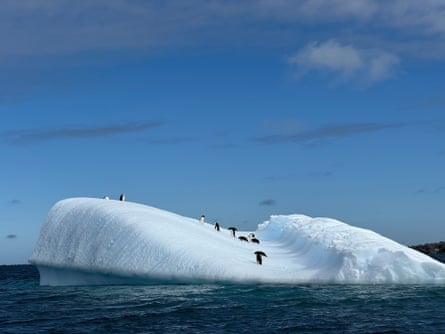New Pet Food Labeling Standards: What's New? Specialized News Column for Environmentalists and Environmentally Concerned Citizens On April 30, 2025, the Ministry of Agriculture, Food and Rural Affairs (MOFA) issued a notice of partial amendment to the ‘Standards and Specifications of Feed, etc.’, establishing separate labeling standards for pet food (dog and cat). This is an important change for consumers' right to know and fair competition in the industry, as the legal distinction between pet food and livestock food is not clear. The revision strengthens the responsibility of manufacturers and salespeople to prove each statement on the packaging of pet food. In particular, it requires the type of food (complete food/other food) to be labeled, the content to be labeled when emphasizing specific ingredients and functions, the product name to be strengthened, the responsibility of specialized retail salespeople to be expanded, and the labeling conditions to be subdivided into ‘...
I just returned from Antarctica: climate change isn’t some far-off problem – it’s here and hitting hard
I just returned from Antarctica: climate change isn’t some far-off problem – it’s here and hitting hard
Antarctica is often viewed as the last truly remote place on Earth – frozen, wild and untouched. But is it really as untouched as it seems?
This vast frozen continent is encircled by the Antarctic Circumpolar Current, the only current in the world that connects all the oceans, showing how closely linked our planet really is.
Earlier this year, I joined more than 100 scientists on a journey to Antarctica. What we encountered was extraordinary: towering icebergs, playful penguins, breaching whales and seals resting on the ice. Yet beneath this natural wonder lies a sobering reality – Antarctica is changing, and fast. The experience left me both inspired and deeply saddened.

Sea pigs, icefish and trilobites: Antarctica’s mysterious marine life – in pictures
Read more
This unique environment highlights the fragility of our planet. Its pristine landscapes and thriving wildlife represent what we stand to lose if we don’t take urgent action to reduce human impact.
Historically, Antarctica suffered from exploitation – hunters came for whales and seals, leaving scars on its ecosystems. While wildlife is slowly recovering, these species now face a new threat: climate change. Rising ocean temperatures are melting ice, reshaping habitats and disrupting the delicate balance of life.
The continent stands as a powerful symbol of our interconnected climate systems – a compelling case for conservation. During our visit, we toured research stations and Port Lockroy, where gentoo penguins raise their chicks. Here, human activity is carefully managed. Half the island is set aside for the penguins, while the other half welcomes around 18,000 tourists each year who come to learn about this remarkable place. It’s a model of coexistence – one that shows how we can live alongside nature when we choose to act responsibly.
 View image in fullscreenAdelie penguins on an iceberg near Anvers Island. Photograph: Jennifer Verduin
View image in fullscreenAdelie penguins on an iceberg near Anvers Island. Photograph: Jennifer VerduinAlong our journey, we witnessed diverse wildlife in their natural habitats – from penguins and seals to whales and seabirds. Albatrosses and cape petrels followed our ship, gliding effortlessly over the waves – symbols of resilience, yet also vulnerability.
But reminders of past damage still linger. On Deception Island, rusted remains of the whaling industry serve as stark evidence of the harm unchecked exploitation can cause. They also underscore why continued protection of these fragile ecosystems is vital.
 View image in fullscreenA well-preserved whaling boat at Whalers Bay, South Shetland Islands. Photograph: Jennifer Verduin
View image in fullscreenA well-preserved whaling boat at Whalers Bay, South Shetland Islands. Photograph: Jennifer VerduinAs an oceanographer, I study how the ocean shapes our world – and Antarctica is central to that story. The surrounding waters link the Pacific, Indian and Atlantic oceans through the Antarctic Circumpolar Current. This connectivity means that what happens in Antarctica affects us all. Pollution, warming seas and oil spills know no borders. These changes disrupt ocean currents, harm marine life and influence climate systems around the globe.
The implications are clear: addressing environmental challenges requires international cooperation and decisive action.skip past newsletter promotion

Earth’s strongest ocean current could slow down by 20% by 2050 in a high emissions future
Read more
For Australia and other nations, the lesson is urgent. We must embrace sustainable practices, invest in renewable energy and support conservation efforts. By reducing carbon emissions and learning from the past, we can help protect Antarctica – and the planet – for future generations.
My journey wasn’t just about witnessing climate change – it was about understanding the deep interconnections that bind our world. And it’s not just about telling a story of adventure. It’s about sparking awareness of the power of science, leadership and collective action to drive meaningful change.
Antarctica, with all its beauty and vulnerability, reminds us what’s at stake – and why we must act now. The urgency is real. The responsibility is ours. Together, we can protect this extraordinary planet.

댓글
댓글 쓰기